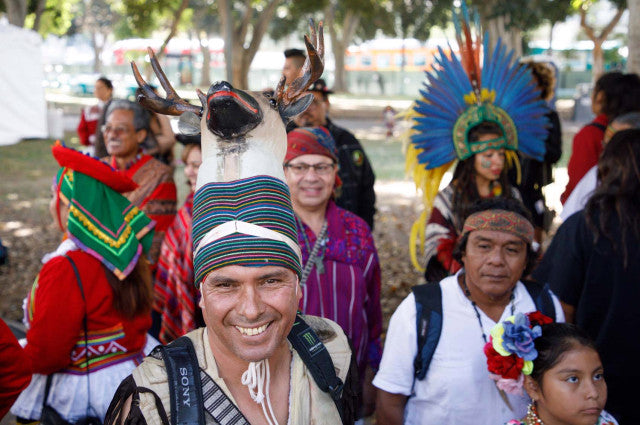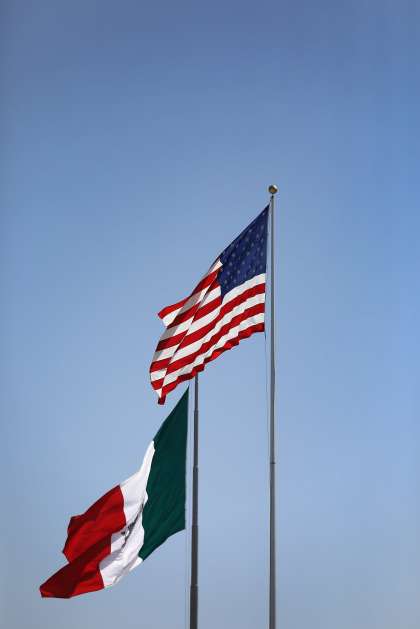
Dia de La Raza
October 12th, a day that has upheld its significance for many centuries, is known as El Dia de la Raza. Although it is a holiday celebrated in many latin american countries, the story behind this day leaves the polarizing question if this holiday should actually be celebrated. Nonetheless, the history still remains the same. El Dia de la Raza could be described as the day in which the latin american cultures began.

How did this holiday come to be?
Christopher Columbus had a vision of a new route to India, China, Japan and the Spice Islands. By finding this route, allegedly faster, his country would profit with rich cargoes of silk and spices. King Fernando V and Queen Isabel I of Spain supported his idea. In return, Columbus would gain the title of Viceroy and Governor of all the lands he discovered on his journey, as well as the right to receive a tithe of the income they produced. In August 3rd, 1942, Christopher Colombus set sail with the three ships, famously known as La Nina, La Pinta, and La Santa Maria. His idea was that since he believed the world was round, he could sail west to reach the “east”. Ofcourse, he did not anticipate another landmass. On October 12, 1942, the ships made landfall. However, it wasn’t in the East Indies but in the Bahamian Islands, likely San Salvador. Hence began the cultural, commercial, infectious, and religious exchange between the new and the old world, one of the most significant occurrences in human history. The celebration of the day in which Cristopher Colombus landed in America, El Dia de la Raza, otherwise known as Columbus day, began.
Today?
The Italian explorer and his Spanish crews enslaved and murdered thousands of American indigenous tribes they encountered during their voyage. Therefore, the controversy of this day led many hispanic countries to change its meaning. El Dia de la Raza, today, is the celebration of the hispanic heritage of Latin America, honoring many of the countries that were conquered by the spanish. It celebrates the fusion of two cultures, the spanish and the indigenous, creating new identities. It is celebrated in Argentina, Chile, Costa Rica, Ecuador, Honduras, Mexico, Uruguay and Venezuela. In Spain, it is called El Dia de la Hispanidad. In Venezuela, it is called el Día de La Resistencia Indigena.
The Celebration
This day unites all hispanic cultures in celebrations with dances, food, etc. Like any other holiday in Mexico, tamales are common. All throughout latin america, huge fiestas that include singing, dancing, and bullfights are held. Parades that proudly divulge the hispanic history through vibrant clothing and beautiful dances are showcased. Flags are waved up high as the day that propelled such horrible events turns into the day that celebrates the cultures that were created with the colonization of america.


